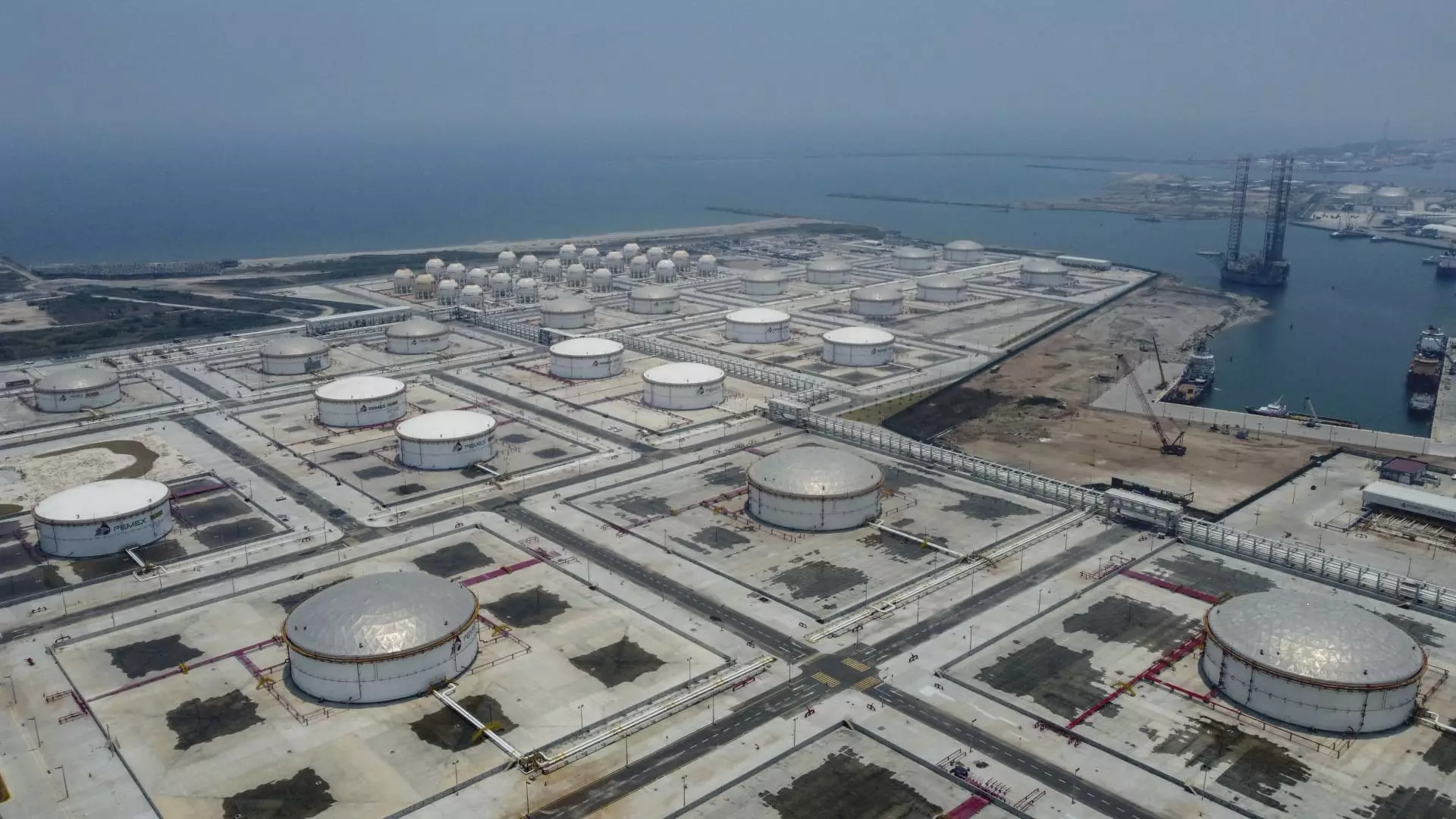The International Energy Agency recently released a report that highlighted a significant shift in the global oil production and demand landscape. The report predicts that a surge in oil production, led primarily by the U.S., will outstrip demand growth until the end of the decade. This surge is expected to push spare capacity to unprecedented levels, posing potential challenges for OPEC+ market management. The IEA Executive Director, Fatih Birol, issued a stern warning to Big Oil, suggesting the need for alignment of business strategies with these impending changes.
According to the IEA report titled Oil 2024, oil demand growth is forecasted to slow down, eventually peaking near 106 million barrels per day by 2030, up from just over 102 million barrels per day in 2023. Concurrently, total oil production capacity is expected to surge to nearly 114 million barrels per day by 2030, surpassing projected global demand by 8 million barrels per day. This surplus in production capacity would result in spare capacity levels unprecedented since the peak of the Covid-19 lockdowns in 2020.
The IEA warned that these dynamics could have significant consequences for oil markets, including impacts on the U.S. shale industry and producer economies within OPEC and beyond. As global oil demand growth slows down and reaches its peak by 2030, factors such as the clean energy transition, advancing clean technologies, and shifting economic structures in countries like China are influencing the oil market landscape. The IEA’s projections emphasize the necessity for oil companies to adapt their business strategies to align with the evolving market conditions.
Transition Towards Cleaner Energy Sources
The report coincides with the global momentum towards reducing reliance on fossil fuels and integrating clean and energy-saving technologies into energy systems. The burning of fossil fuels, such as coal, oil, and gas, is identified as the primary driver of the climate crisis. While the share of fossil fuels in the global energy supply has remained around 80% for decades, the IEA projects a decrease to around 73% by 2030. This shift reflects the growing emphasis on sustainable and renewable energy sources in the energy transition.
Challenges and Opportunities in Oil Demand
Despite the projected slowdown in oil demand growth, the IEA notes that without stronger policy measures or behavioral changes, crude oil demand is still expected to increase by 3.2 million barrels per day by 2030 compared to 2023. This growth is attributed to robust demand from fast-growing economies in Asia, as well as from the aviation and petrochemical sectors. In contrast, advanced economies are forecasted to experience a decline in oil demand, dropping below 43 million barrels per day by 2030. A significant shift that hasn’t been observed since 1991.
The IEA’s report underscores the transformative shifts occurring in the global oil production and demand landscape. With the surge in oil production outpacing demand growth and spare capacity reaching unprecedented levels, oil companies are urged to re-evaluate their business strategies to navigate the evolving market conditions. The transition towards cleaner energy sources and the increasing focus on sustainable practices emphasize the need for proactive measures to align with the changing energy landscape. As countries and industries move towards net-zero emissions goals, adaptability and innovation will be crucial for the future of the oil industry.


Leave a Reply